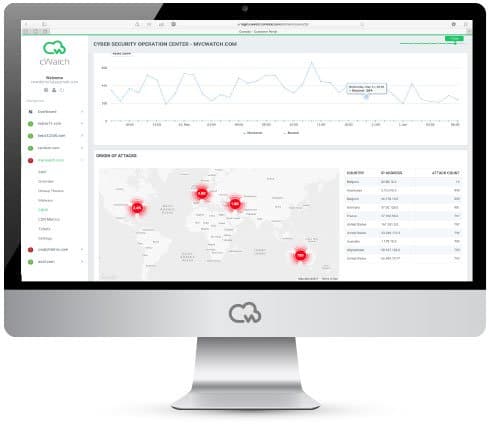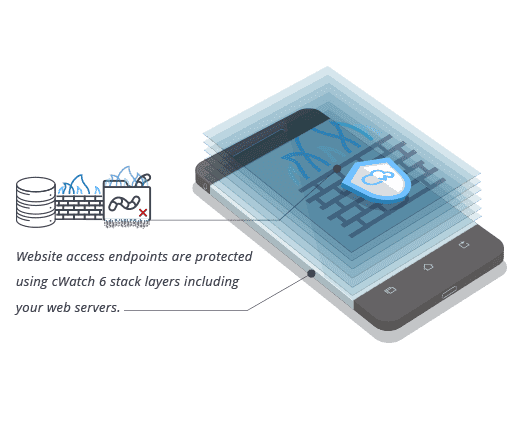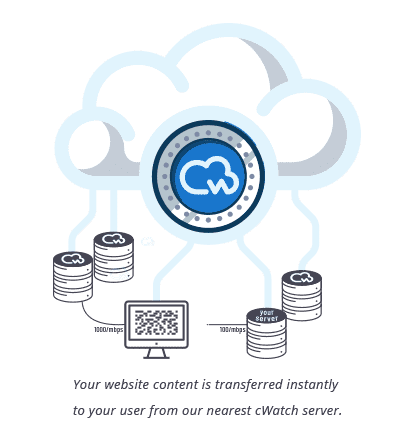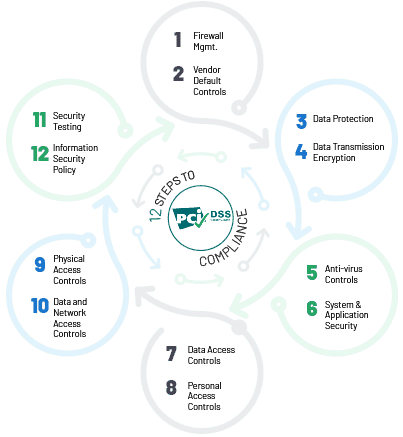Technology has taken reign over our lives. A child as young as one year can easily peruse through games and cartoons and even mimic the cartoon characters they love. This is how much technology has taken part in our day-to-day lives.
When one has a business opportunity, they have to find ways to reach out to their target audience via the internet. Job opportunities now have shifted from physical to remote working. Manufacturing industries can as well produce their products remotely.
All that is needed is the expertise and know-how of how that is made possible. For one to be tech-savvy, you do not necessarily have to have some schooling in that background but the interest to learn more about the internet.
After the world was hit with the COVID-19 pandemic, a lot of things had to turn back to being fully remotely operated. Schools could not allow pupils and students to go physically to school. However, things had to keep running.
The major reason that led to this was to lessen the spread of the coronavirus. Schools, Colleges, and Universities had to resort to online learning. As much as some already embraced e-learning, it had to be fully incorporated because both the teachers, tutors, and students were at risk. This means that schools had to engage their teachers in some e-learning tutorials.
This means that both students and teachers had to have some tech-savvy capabilities. Schools, Colleges, and Universities had to engage more via their websites and emails on their day-to-day updates. This was the same story for businesses and organizations.
To keep customers at bay, organizations and businesses have to actively keep updating their websites with their products, services, and prices. This is the only way for them to keep operating and not lose their clientele and potential customers.
Through this people have gotten acquainted with online work and business. It is in a real sense saves time and money. When it comes to working, people do not have to meet physically, with the help of video conferencing apps such as zoom, google meet and skype, one can attend their classes, business meetings, and office meetings at the comfort of their homes. All that is needed is internet connectivity and gadgets that can connect to the internet.
3 Ways to Keep My Website Secure from Malware
As much as the internet has made things easier for everyone, websites are still a great target for hackers. These are people who attack websites to steal and destroy the information found on websites. This is made possible by attacking your website with malware.
Malware is defined as software designed to damage or disrupt one’s computer or website. This is done by a hacker accessing your computer or website without your authorization. There are however a couple of ways in which one can keep their website secure from malware. This article will highlight three ways to keep your website secure from malware.

One way in which you could protect your website from malware would be by performing regular backups. A backup is done when a copy of a file is made. These copies are used in cases where computers or websites get crashed.
These backups can be automated with the help of your website administrator(s). Automated backups will ease the trouble of always backing up your files and giving the chance to hackers to ingest your website with malware. If you want to keep your website secure from malware, ensure that you perform regular automatic backups.
Have secure passwordsPasswords are another easy target for hackers who ingest your website with malware. Having secure passwords for your website is one of the best website malware protection ways. You should hence ensure that you have strong and unique passwords that hackers cannot easily guess and have access to your website.
Migrate your website URL to HTTPS (SSL) Secure HostingHTTPS is a combination of hypertext transfer protocol secure with the secure socket layer (SSL). The additional S at the end of HTTP means that your website is secure. This means that a website’s URL with HTTPS is much secure than that with HTTP.
An individual or an organization who wants to keep their website secure from malware should hence ensure that they migrate their website URL from HTTP to HTTPS (SSL) secure hosting.
Conclusion
A website is a place where an organization’s staff and clients access it when they need to update your website or check your organization’s products or services. This should hence give an organization the urgency to always ensure that their website is secure from malware.





